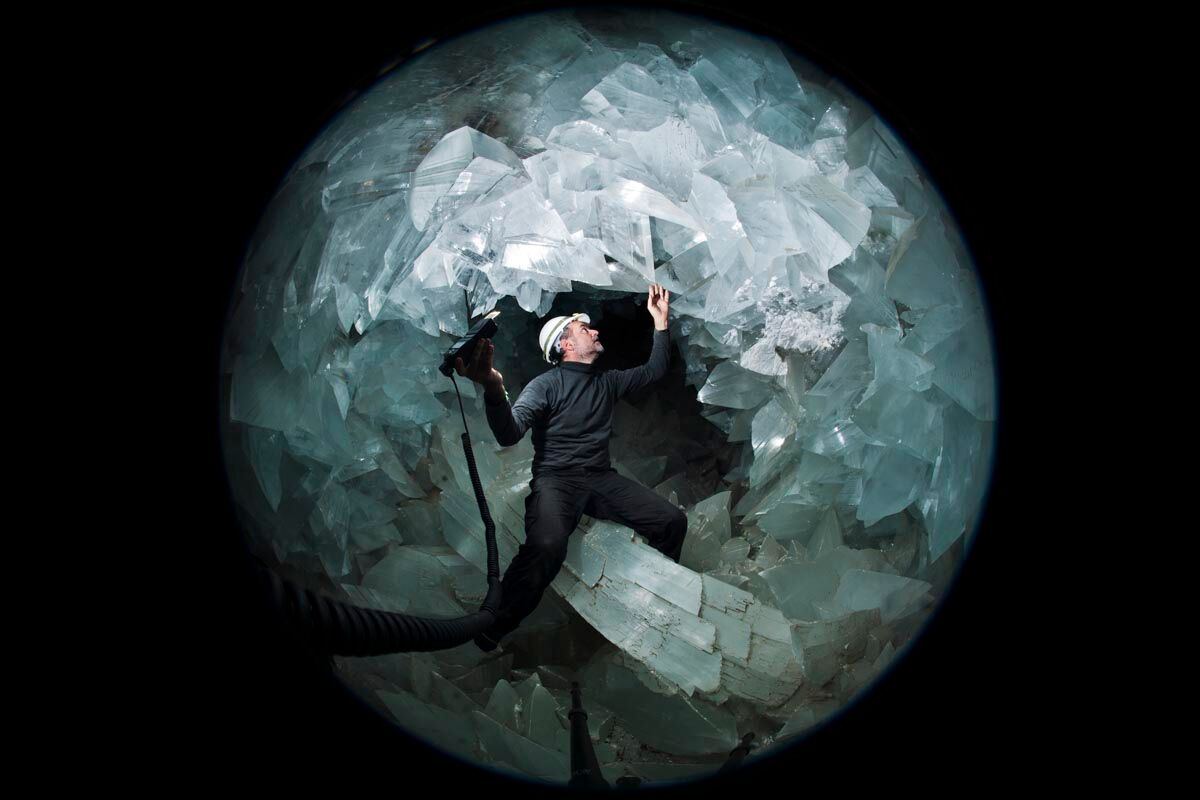When you purchase through link on our site , we may earn an affiliate commission . Here ’s how it work .
scientist discovered the crystal - encased microbes during an expedition to Joetsu Basin to sample gas hydrates — crystalline solid of gas and water that spring in the ocean under high pressure and intense cold . They presented their findings in December at the yearly group discussion of the American Geophysical Union ( AGU ) .
After the investigator examine monumental hydrates collected at the sea bottom off Japan ’s western coast , they find out that some of the hydrates contained bantam cereal of a mineral called dolomite . And colored spot in the dolomite hint that there was yet another surprise to come , research worker Glen Snyder , a prof at Meiji University in Japan , told Live Science at the group discussion . [ Extreme Life on Earth : 8 Bizarre Creatures ]

Scanning electron microscopy (SEM) of microdolomite grains (490 times magnification) recovered from inside a gas hydrate beneath nearly 200 feet of seafloor sediment.
While the hydrate were quite large , measuring up to 16 metrical foot ( 5 meters ) long , the dolomite grains were tiny — about 30 micron , or 0.001 inches , in diameter , Snyder say . The researchers discovered the dolomite in residue leave behind after they chemically break up the hydrates into gas pedal and body of water .
Fluorescent staining of dark meat in the grain revealed that they contained genetic material , which glow under ultraviolet light . It comprise " in high spirits concentrations " of microbic topic , the scientists describe at the AGU coming together .
Microbes are known to live aroundgas hydrate ; nevertheless , it was entirely unexpected to find these nested microbial tenant inside mineral texture that were inside the hydrates , Snyder said . The staining could n’t show whether the microbes were awake or not , and microbiologists are currently working to construe the microbial desoxyribonucleic acid and place the microbe , according to the demonstration .

Digital light microscopy of dolomite grains reveals organic matter trapped inside the cores.
Because the microbes are efficaciously sealed inside a " pristine surround , " scientists can be middling certain that the organisms were course present in that area , and were notaccidentally introducedby scientific equipment or human intervention , according to Snyder .
Though this is the only recognise evidence of microorganisms incase in bitter spar crystal , there may be other microbial self-seeker elsewhere in the oceans , rise in saline chamber in gas hydrates , the scientist reported .
In fact , temperature and pressure conditions on other planet such as Mars could also be just proper for shaping gas hydrates , which could potentially serve as homes forMartian microbes , the investigator wrote .

Microbe - housing dolomite discovered in the ocean of Japan are n’t very unlike from mineral found in Martian meteorite ; this suggests that the Red Planet might stage opportunities for microbic life to subsist as it does inside dolomites on Earth , Snyder said .
Original article onLive Science .

















